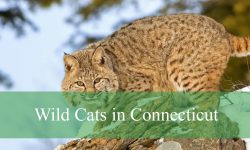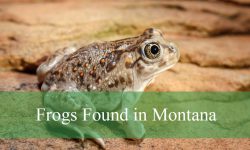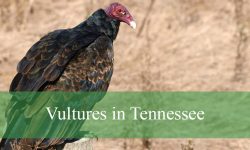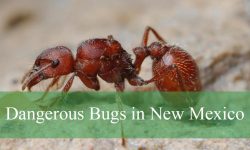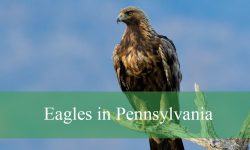Virginia’s forests, parks, and neighborhoods are home to several squirrel species that add life and movement to the treetops. These agile rodents play an essential role in the state’s ecosystems, from spreading tree seeds to providing food for hawks, owls, and foxes. Whether you’re walking through the Blue Ridge Mountains or relaxing in a Richmond park, chances are you’ve seen one of these energetic animals scampering about.
This article explores six types of squirrels in Virginia, including both tree squirrels and flying squirrels, with detailed descriptions, identification tips, habitats, and behaviors.
Eastern Gray Squirrel (Sciurus carolinensis)
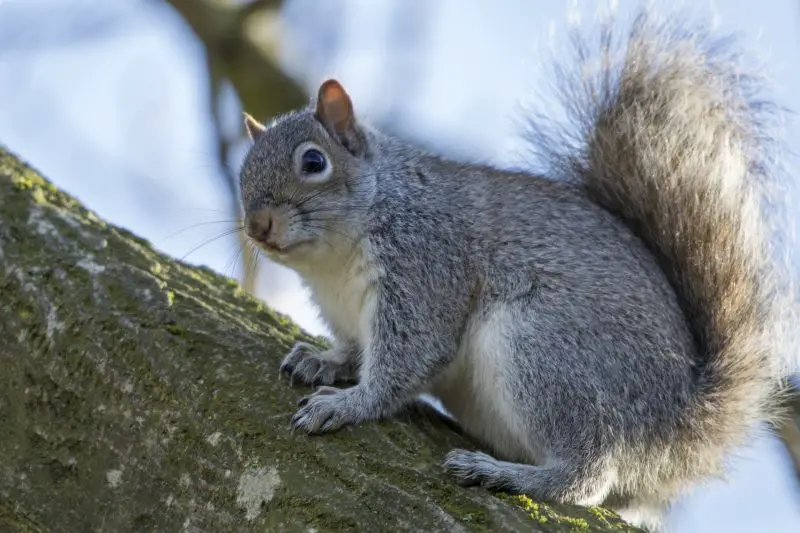
Identification and Characteristics
The Eastern Gray Squirrel is the most common squirrel in Virginia. It has a grayish coat with white underparts and a long, bushy tail that helps it balance while leaping through trees. Some individuals display brown or black fur variations, especially in urban areas. Adults typically measure 16–20 inches long, including the tail, and weigh between 1 and 1.5 pounds.
Their sharp claws and strong hind legs allow them to climb quickly and jump long distances. They are diurnal, most active in the early morning and late afternoon, and can often be seen burying acorns and nuts in the ground for later retrieval.
Habitat and Behavior
Gray squirrels thrive in hardwood forests, city parks, and suburban yards across Virginia. They prefer oak, hickory, and walnut trees—species that provide their main food sources. Their adaptable nature allows them to live comfortably around humans, often nesting in tree cavities or building leafy dreys in tall branches.
In fall, they prepare for winter by storing hundreds of nuts in scattered locations. Their memory and sense of smell help them locate much of this hidden food later, although forgotten seeds contribute to forest regeneration.
Diet and Conservation
Their diet includes acorns, walnuts, seeds, buds, berries, fungi, and sometimes bird eggs or insects. The Eastern Gray Squirrel is widespread and not endangered. In fact, it’s often considered overabundant in some areas, where it competes with smaller squirrel species for food and nesting sites.
Fox Squirrel (Sciurus niger)
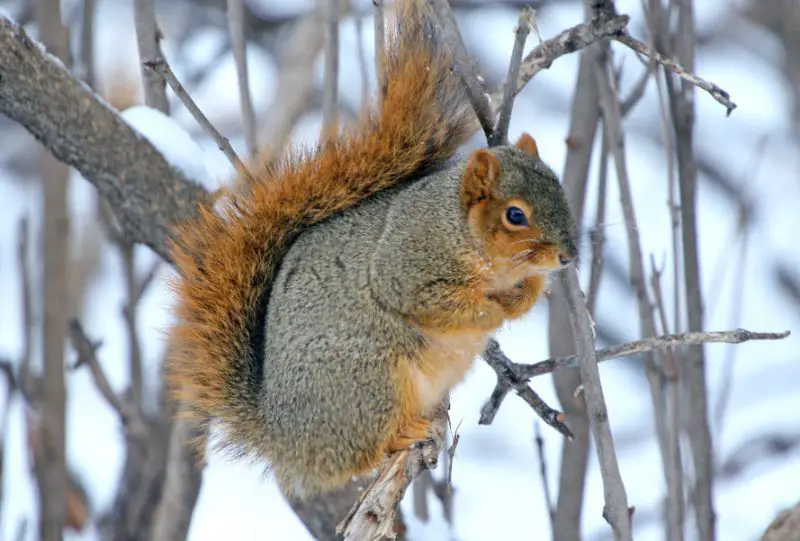
Identification and Characteristics
The Fox Squirrel is the largest tree squirrel in Virginia, measuring up to 27 inches long and weighing as much as 2.5 pounds. Its fur ranges from reddish-orange to grayish-brown, with an orange or cinnamon-colored belly and tail. Its name comes from its reddish fur, resembling that of a fox.
Fox Squirrels move more slowly and spend more time on the ground than other tree squirrels. They are powerful jumpers and climbers but are most often seen exploring open woodlands or foraging on the forest floor.
Habitat and Behavior
In Virginia, Fox Squirrels prefer open forests, farmlands, and forest edges with scattered trees rather than dense woods. They are especially common in the southern and western parts of the state. They build nests high in trees but sometimes use hollow logs or abandoned woodpecker holes.
Unlike Gray Squirrels, Fox Squirrels are generally solitary and less vocal. They communicate using tail movements and soft chattering sounds. In the fall, they gather and bury nuts just like their gray cousins, helping to plant new trees throughout their range.
Diet and Conservation
Their diet includes acorns, pine seeds, corn, fruits, and insects. Although less abundant than the Gray Squirrel, they are not considered threatened. Habitat loss from modern agriculture has reduced some local populations, but Fox Squirrels still thrive in many Virginia regions with mixed farmland and forest cover.
Red Squirrel (Tamiasciurus hudsonicus)
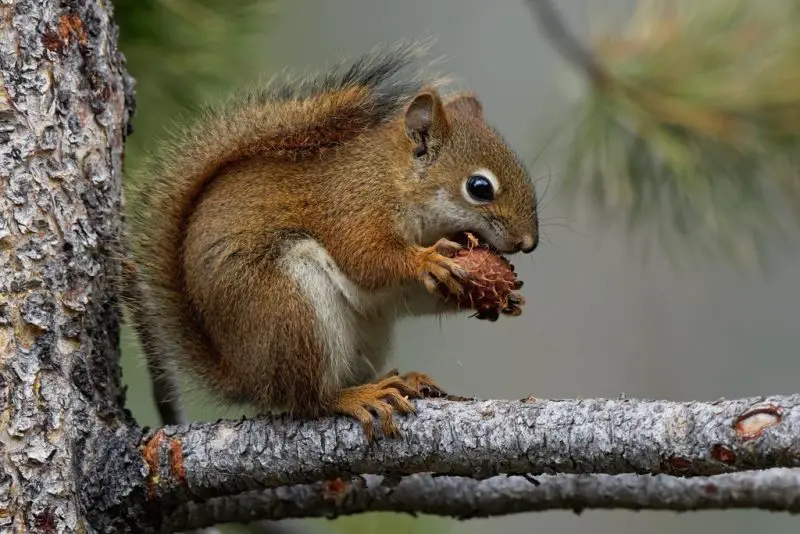
Identification and Characteristics
Also known as the Pine Squirrel, the Red Squirrel is smaller and more aggressive than its larger cousins. Measuring 10–14 inches long and weighing about 7–10 ounces, it has reddish-brown fur on its back, a white belly, and a distinct white ring around its eyes.
These squirrels are extremely vocal, producing rapid chattering calls to warn off intruders. Their tails are less bushy but still provide balance and warmth in colder climates.
Habitat and Behavior
Red Squirrels are typically found in coniferous forests and mountainous areas of Virginia, especially in the Appalachian Mountains. They prefer regions dominated by pine, spruce, or hemlock trees, which provide both food and shelter.
Territorial by nature, they often defend their nesting and feeding areas fiercely. They create caches of pine cones—called middens—which serve as winter food stores. These middens can grow quite large, containing hundreds of cones carefully hidden under logs or leaf litter.
Diet and Conservation
Their diet mainly consists of conifer seeds, along with berries, mushrooms, and insects. They are important dispersers of mycorrhizal fungi, which benefit forest health. The Red Squirrel population in Virginia is stable, though it’s more limited in range than the Gray or Fox Squirrel due to habitat preference.
Southern Flying Squirrel (Glaucomys volans)
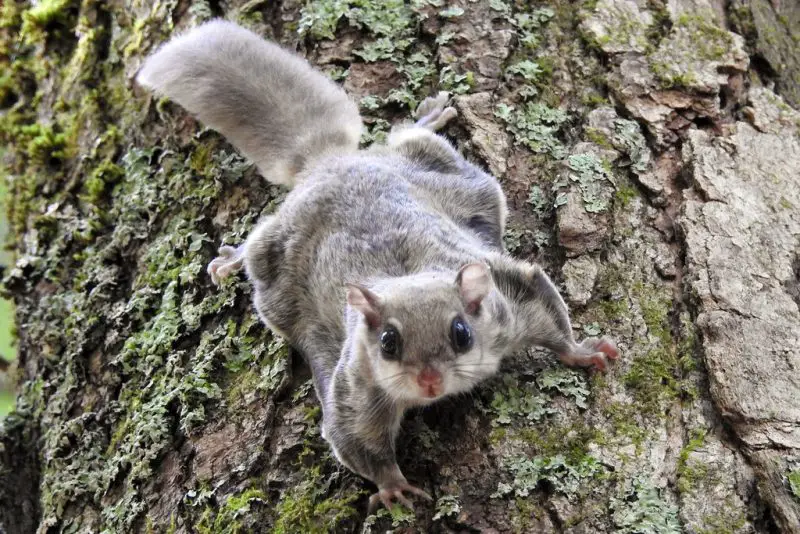
Identification and Characteristics
The Southern Flying Squirrel is a small, nocturnal species known for its gliding ability. Measuring about 9–10 inches long including its flat tail, it weighs only 2–3 ounces. Its fur is soft and grayish-brown, with a white underbelly and large black eyes adapted for night vision.
These squirrels don’t truly “fly”—instead, they glide using a patagium, a thin membrane stretching between their forelegs and hind legs. When leaping from trees, they can glide over 100 feet in a single jump.
Habitat and Behavior
Common throughout Virginia’s forests and wooded suburbs, the Southern Flying Squirrel prefers mature hardwood trees with abundant acorns and nuts. They often live in tree cavities, abandoned woodpecker holes, or nest boxes.
They are social animals, often sharing winter dens with others to stay warm. Because they are nocturnal, most people never see them, but their soft chirping sounds can sometimes be heard on quiet nights.
Diet and Conservation
Their diet includes acorns, hickory nuts, seeds, fruit, fungi, insects, and bird eggs. They also play an important ecological role by dispersing fungi spores and seeds. The Southern Flying Squirrel is abundant and widespread in Virginia, though rarely observed due to its nocturnal habits.
Northern Flying Squirrel (Glaucomys sabrinus coloratus)
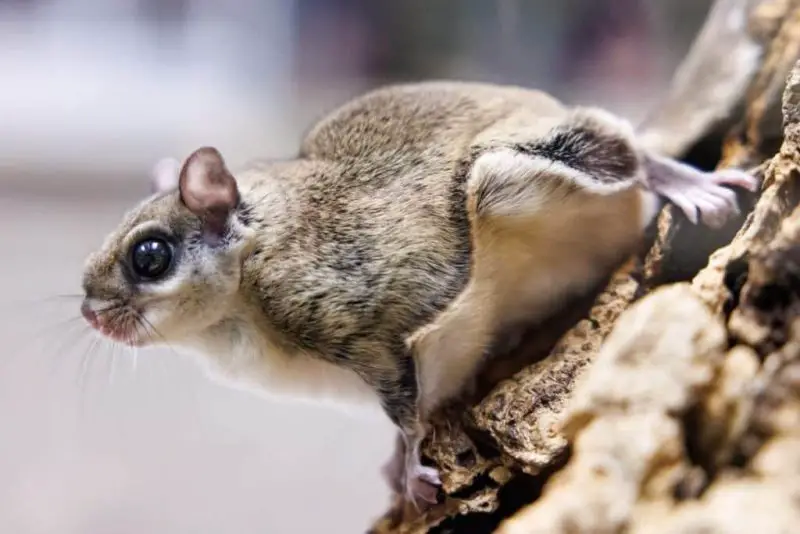
Identification and Characteristics
The Northern Flying Squirrel is slightly larger and less common than its southern cousin. It has grayer fur, a fluffier tail, and a longer patagium. Adults reach 10–12 inches in length and weigh around 3–4 ounces.
These squirrels are quiet, secretive, and rarely seen. Their soft fur and gentle demeanor make them appear almost delicate, but they are hardy animals adapted to colder mountain climates.
Habitat and Behavior
This species primarily inhabits high-elevation spruce-fir forests in Virginia’s Allegheny and Blue Ridge Mountains, where cool and moist conditions prevail. It builds nests in tree cavities lined with moss and lichens and may also use old bird nests.
The Northern Flying Squirrel glides gracefully from tree to tree in search of food. It is nocturnal and highly dependent on fungi, especially truffles, which it locates by scent beneath the soil. These fungi form symbiotic relationships with tree roots, meaning the squirrel indirectly helps maintain healthy forest ecosystems.
Diet and Conservation
Their diet includes fungi, lichens, seeds, nuts, fruits, and insects. Due to habitat fragmentation and logging in high-elevation forests, the Northern Flying Squirrel is considered a species of conservation concern in Virginia. Conservation efforts aim to protect remaining spruce-fir habitats and ensure this unique glider continues to thrive in the mountains.
Delmarva Fox Squirrel (Sciurus niger cinereus)
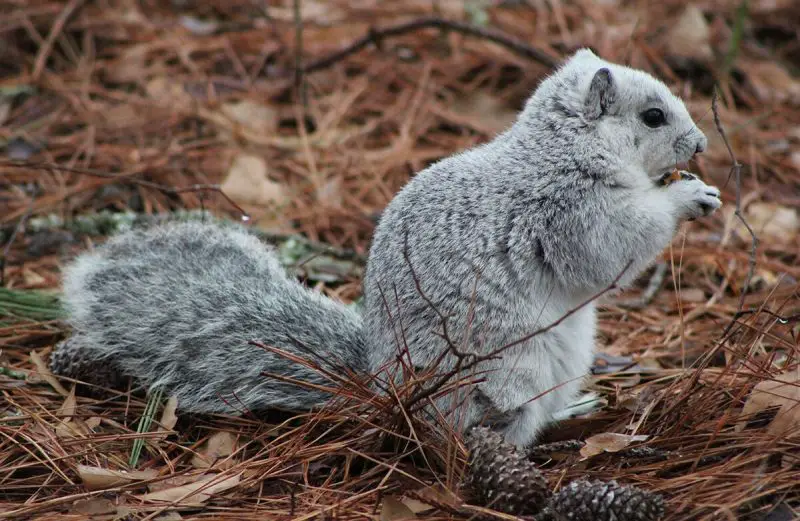
Identification and Characteristics
The Delmarva Fox Squirrel is a rare and historically significant species in Virginia. It is a subspecies of the Fox Squirrel, but noticeably larger and paler, with a silvery-gray coat, white belly, and broad, fluffy tail. Adults can measure over 30 inches long, making them one of the largest squirrel subspecies in North America.
Once widespread across the Delmarva Peninsula, this squirrel nearly disappeared due to habitat loss and hunting. It has since been the focus of one of the most successful conservation recoveries in U.S. wildlife history.
Habitat and Behavior
In Virginia, the Delmarva Fox Squirrel once inhabited the eastern coastal plain, including Accomack and Northampton counties. It prefers mature pine and mixed hardwood forests with open understories and little underbrush.
These squirrels are relatively quiet and spend much of their time on the ground, feeding or resting under trees. Unlike the smaller and more nervous Eastern Gray Squirrel, Delmarva Fox Squirrels are calm, slow-moving, and less likely to climb high unless threatened.
Diet and Conservation
They feed on acorns, pine seeds, buds, fruits, and fungi. After near-extinction, reintroduction efforts in Maryland and surrounding regions have restored stable populations. Though now delisted from the U.S. Endangered Species List, they remain rare in Virginia and are protected by state law.
Where to See Squirrels in Virginia
Virginia’s diverse landscapes—from the Appalachian Mountains to the Chesapeake Bay—provide perfect habitats for squirrel-watching. Some of the best spots to observe different species include:
-
Shenandoah National Park – Excellent for spotting Eastern Gray, Red, and both Flying Squirrels at dusk.
-
George Washington and Jefferson National Forests – Home to Northern Flying and Red Squirrels in higher elevations.
-
Pocahontas State Park and Great Dismal Swamp – Ideal for viewing Eastern Gray and Southern Flying Squirrels.
-
Virginia’s Eastern Shore – Historically significant area for Delmarva Fox Squirrel sightings.
For the best experience, visit early in the morning or around sunset, when squirrels are most active.
FAQs About Squirrels in Virginia
Are squirrels protected in Virginia?
Most native squirrel species are protected under state wildlife laws. Hunting Eastern Gray and Fox Squirrels is legal during specific seasons with a permit, but rare species like the Delmarva Fox Squirrel and Northern Flying Squirrel are protected year-round.
Do squirrels hibernate in winter?
No, squirrels do not hibernate. Instead, they stay in their nests during cold spells, relying on stored food and body heat to survive the winter months.
What’s the difference between a flying squirrel and a regular tree squirrel?
Flying squirrels are nocturnal and glide using a skin membrane, while tree squirrels like the Gray and Fox Squirrels are diurnal and leap from branch to branch. They also have distinct behaviors and nesting habits.
Are flying squirrels common in Virginia?
Yes, the Southern Flying Squirrel is widespread and quite common in Virginia, though rarely seen because it’s active only at night. The Northern Flying Squirrel is much rarer and limited to mountainous forests.
Can squirrels be pests?
In urban areas, squirrels sometimes chew on wires, invade attics, or raid bird feeders. Using squirrel-proof feeders and sealing entry holes can help prevent damage without harming the animals.
Conclusion
Squirrels are among the most charming and ecologically valuable animals in Virginia. From the familiar Eastern Gray Squirrel to the elusive Northern Flying Squirrel, each species contributes to the state’s rich biodiversity. Observing them in their natural habitats offers a glimpse into the delicate balance of Virginia’s ecosystems—where every acorn buried helps grow the forests of tomorrow.

